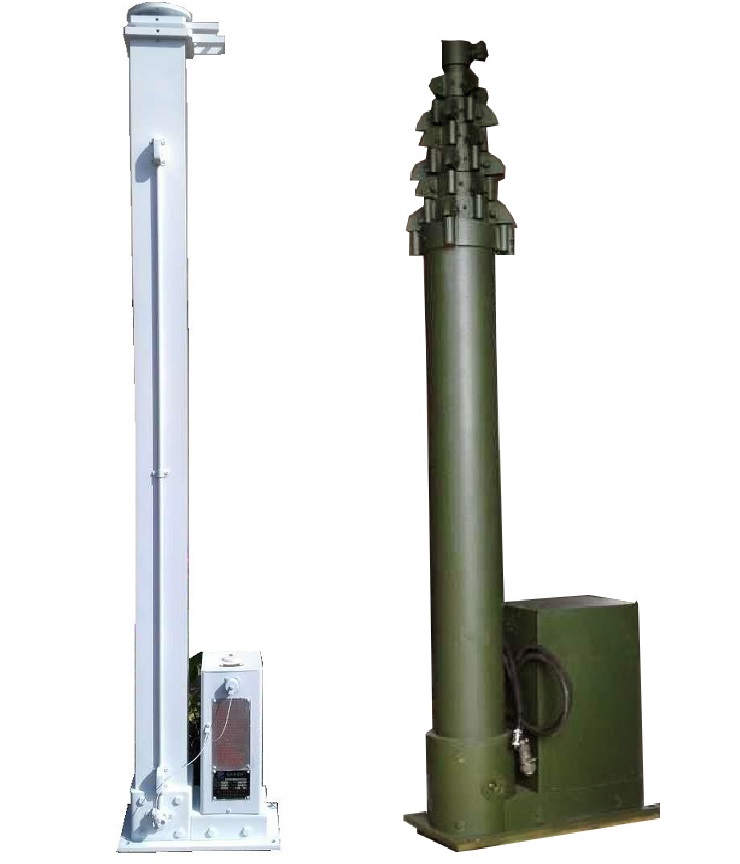Understanding the Power Requirements and Limitations of Motorized Telescopic Masts
July 07,2023
Motorized telescopic masts have become increasingly popular in various industries due to their convenience and efficiency. However, understanding the power requirements and limitations associated with operating these masts is crucial for successful implementation. In this blog, we will explore the power considerations of motorized telescopic masts, including their power source options, power consumption, and potential limitations. Let’s dive into the world of powering up motorized telescopic masts.

Power Source Options:
Motorized telescopic masts typically require an external power source to operate. The most common power sources include AC (alternating current) and DC (direct current) power. AC power is commonly used when the mast is connected to a fixed power grid or a generator. On the other hand, DC power is often utilized in mobile applications, where the mast is powered by batteries or a vehicle’s electrical system. The choice of power source depends on the specific requirements and mobility of the application.
Power Consumption:
The power consumption of a motorized telescopic mast varies depending on factors such as mast size, weight, and the load it carries. Larger and heavier masts with higher load capacities generally require more power to operate. It is essential to consider the power consumption of the mast when selecting an appropriate power source and ensuring it can provide sufficient power for smooth and reliable operation. Manufacturers typically provide power consumption specifications for their motorized telescopic masts, allowing users to make informed decisions.
Power Limitations:
While motorized telescopic masts offer convenience and automation, it is important to be aware of their power limitations. The power source must be capable of supplying enough power to extend and retract the mast smoothly, especially when dealing with heavier loads or taller heights. Insufficient power supply can result in slower operation, reduced stability, or even motor failure. It is crucial to ensure that the power source is compatible with the specific requirements of the motorized telescopic mast to avoid any operational issues.
Backup Power Options:
In situations where a continuous power supply is critical, having backup power options is essential. This can include backup batteries, uninterruptible power supply (UPS) systems, or redundant power sources. Backup power options provide an additional layer of reliability, ensuring uninterrupted operation even in the event of a power outage or failure. Assessing the need for backup power and implementing appropriate measures can help mitigate potential downtime and maintain operational efficiency.
Power Management and Efficiency:
Efficient power management is crucial for optimizing the operation of motorized telescopic masts. Implementing power-saving features, such as automatic shut-off when the mast is not in use, can help conserve energy and extend the lifespan of the power source. Additionally, regular maintenance and inspections of the power system can identify any potential issues or inefficiencies, ensuring smooth and reliable operation.
Conclusion:
Understanding the power requirements and limitations of motorized telescopic masts is vital for their successful implementation. Considering the power source options, power consumption, and potential limitations allows users to select the appropriate power supply and ensure reliable operation. Implementing backup power options and efficient power management practices further enhance the performance and longevity of motorized telescopic masts. By powering up with knowledge, you can maximize the benefits of motorized telescopic masts and elevate your operations to new heights.